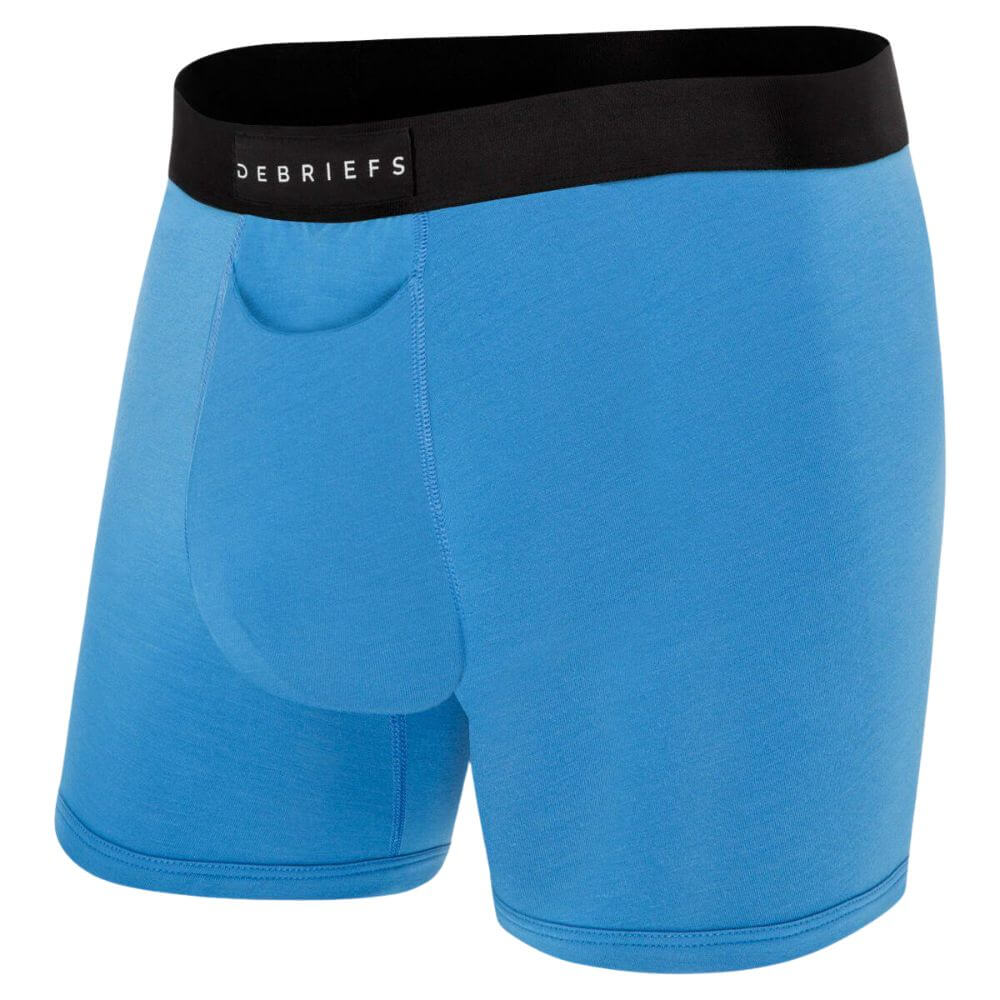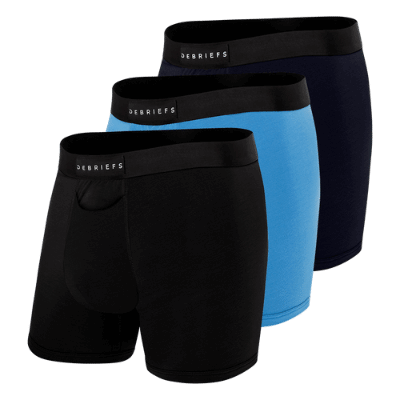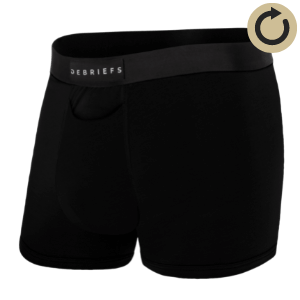Clothes have this amazing ability to grant us powers which far surpass super strength, invisibility or wings. If you own a quality suit that flaunts your best features, you will be gifted with one of the most integral qualities in regards to personal success—confidence. The psychological benefits are enormous when you put on your best outfit, which is why a good quality suit should be a staple in every man’s wardrobe. We understand that choosing the perfect suit can be difficult. You’ll probably start by browsing Pinterest or Googling “The Best Suits”, only to discover they’re all $1500 plus. Don’t worry though, we’ve got you covered. This is the only suit guide you’ll need when purchasing a suit, even if you’re on a budget.
WHAT TO CONSIDER WHEN BUYING A SUIT
FIT
The fit is crucial when buying a suit. It will either tell people; “This is my brother's suit I borrowed for the day”, or “I look sharp, sophisticated and ready to take on the world”.
If you’re buying a suit off the shelf, we'd recommend taking it to your local tailor for some small adjustments so it fits perfectly. It won’t cost a lot and it will make the world of difference.
SHOULDERS
The padding on your suit jacket should never extend past your shoulders. Your jacket’s padding and seam should end exactly where your shoulders do. If it’s too long, you’ll look bigger than you are, and if it’s too short, there’ll be obvious wrinkles across your chest and you’ll be uncomfortable.
THE COLLAR
Your suit jacket, lapel and shirt collar should all meet together at your collar bone. If it’s either too tight or too loose, you will create wrinkles across your chest area which are obvious signs that your jacket doesn’t fit.
THE MIDSECTION
You want your jacket to ‘hug’ your midsection so that it creates a perfect V shape from your shoulders down to your waist. Unless your body shape is straight out of a fitness magazine, this fit will likely require some help from a tailor. Different body shapes will require different adjustments.
The perfect midsection will accentuate your natural V shape, and not pinch too much so that the bottom of your suit flares out.
SLEEVE LENGTH
The length of your jacket compared to your shirt is a very easy indicator of a suit that fits properly. If you wear a watch, you’ll also want the ability to see the time with a quick flick of the wrist, without having to pull up your sleeve.
When letting your arms hang naturally by your side, your jacket sleeve should sit just above the base of your palm, revealing 1-2 centimetres of your shirt underneath.
PANTS LENGTH
This is where you get to have a bit of fun with your suit. You can forget the old age rule that socks should match the colour of your pants. Allow yourself to break conventions and go with a bold or patterned pair of socks that express your individuality.
When standing, your pants should sit naturally at the very top of your shoes so there are no obvious creases down your legs. When you’re seated, only your socks should be visible and not your calves. You also want to make sure your pants are slim enough to just hug your legs, but not so tight that they bunch up in the larger areas of your thighs.
YOUR UNDERWEAR
A nice suit will lose all it's benefits if you're uncomfortable in your first layer, which is why it's important that you feel comfortable so you can ooze confidence. A good quality pair of undies that feels soft on the skin, doesn't ride up and doesn't trap sweat is always the way to go.
We'd recommend a pair of trunks when wearing a suit, so you can walk without feeling constricted, especially if you prefer your suit pants a little tighter.
Debriefs has a great range of MicroModal trunks which you can check out here.
STYLE
The type of suit you buy should depend on the type of occasion you’ll wear it most. If you can score a good deal, or if you can afford it, we’d recommend purchasing a conventional suit and a smarter suit, so that you have something for every occasion. Don’t be that guy that wears a wedding suit to a funeral, it won’t go down well.
SINGLE-BREASTED VS DOUBLE-BREASTED
The difference between a single breast and a double breast is where you button up the jacket. A single breast will have only 1 row of buttons, whereas a double breast will have 2 rows so you can overlap one side of your jacket. Double breasted suits were big in the 80’s but are starting to make a comeback as fashion looks to taking inspiration from older generations. With that being said, single-breasted suits are still the way to go in our opinion as their use is more diverse, and they’ll be more forgiving on all body shapes. You really can’t go wrong with a single-breasted suit.
SUITABLE OCCASIONS FOR EITHER (DEPENDANT ON PERSONAL PREFERENCE):
- Work
- Interviews
- Dates
- Social outings such as drinks or the races
- Wedding – we’d recommend a navy or grey suit
- Funeral – stick to black always
LAPELS
The lapel is the fold in your suit jacket that extends from your waist up to your chest.
Notched lapel – A versatile lapel which is best for business and everyday wear. Distinguishable by its ‘notch’ which sits in-line with the collar bone and points downwards.
Peaked lapel – This lapel is best suited to very formal events such as a black-tie or wedding and is defined by the lapel edges which point upwards towards the shoulder.
TUXEDO
What’s the difference between a tuxedo and a suit? Typically, a tuxedo will have satin incorporated into the lapel and buttons, whereas a suit won’t. A tuxedo is perfect for those occasions where you’d like to stand out. It’s also great for those of us that wear a suit every day and are looking for a way to upgrade our appearance on the odd occasion. It’s important to note that tuxedos are only appropriate at very formal events. Their primary purpose is to celebrate a memorable occasion where you wouldn’t normally wear a tuxedo.







